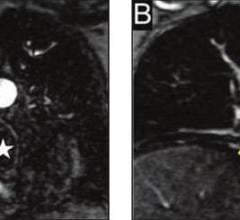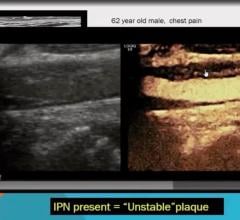April 3, 2012 — Incidences of renal complications, specifically acute renal failure (ARF) and new hemodialysis (HD), continue to increase significantly among Medicare beneficiaries (MB) admitted for percutaneous coronary intervention (PCI). This was according to a study presented last week at the American College of Cardiology’s (ACC) 61st Annual Scientific Session.
While patients admitted with impaired renal function are at increased risk, approximately 10 percent of elective patients will suffer renal complications without prior indicators. Researchers said the findings warrant more focus on implementation of a contrast-induced nephropathy (CIN) protocol to reduce complications.
The study, conducted Oct. 1, 2008 to Sept. 30, 2010, was designed to report two-year trends in PCI-associated renal failure. The study group included all Medicare patients admitted for a PCI without CABG (coronary artery bypass graft) surgery or valve surgery in an acute care hospital. The study population was divided into two sub-samples:
- Elective PCI: Patients who did not have primary ST segment elevation myocardial infarction (STEMI) and did not arrive in cardiogenic shock or cardiac arrest.
- Non-Elective PCI: All MBs not undergoing an elective PCI.
All patients studied experienced significant increases in both acute renal failure (ARF) and new hemodialysis (HD) year over year, by 29 percent and 21 percent, respectively. The percentage increase for both complications was slightly higher for those patients undergoing elective PCI, while the increase in ARF among patients undergoing non-elective PCI was nearly double that of elective patients.
“The rise in renal complications is concerning, given their close association with worse morbidity and mortality,” said April Simon, R.N., MSN, one of the researchers and president of Cardiac Data Solutions, which conduced the study. “This data suggests that increased focus on contrast-induced nephropathy prevention protocols may improve clinical outcomes. Any patient receiving contrast is at risk for CIN; insuring that the amount of contrast is minimized and paying particular attention to hydration are imperative.”
For more information: www.ereleases.com/pic/Cardiac-Data-Solutions.pdf.


 August 17, 2023
August 17, 2023 







